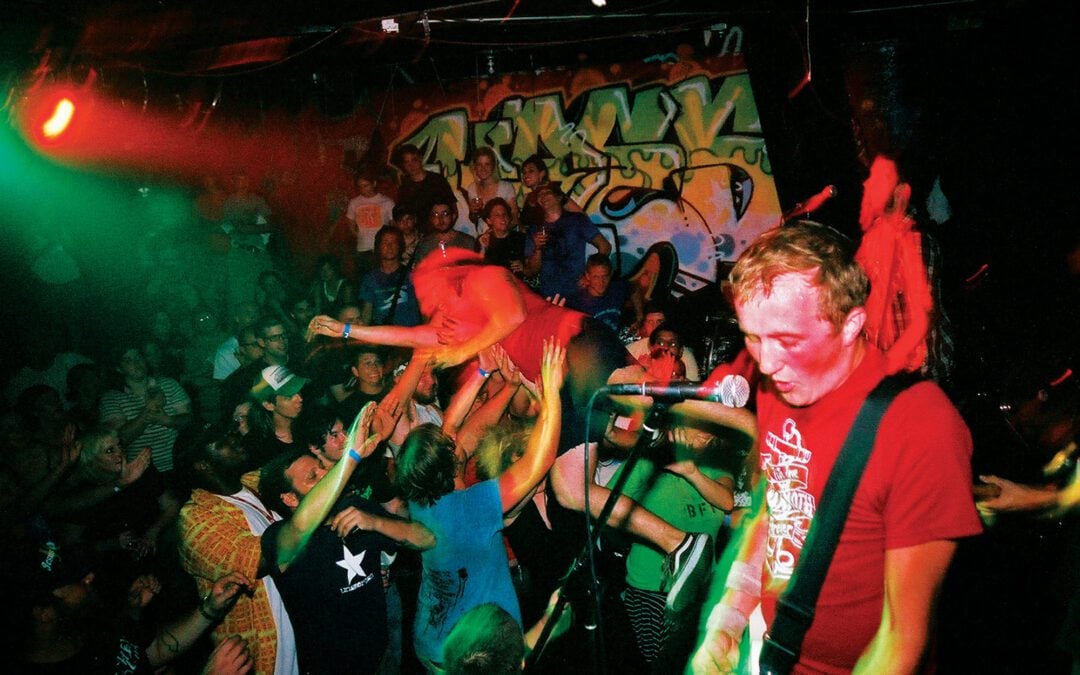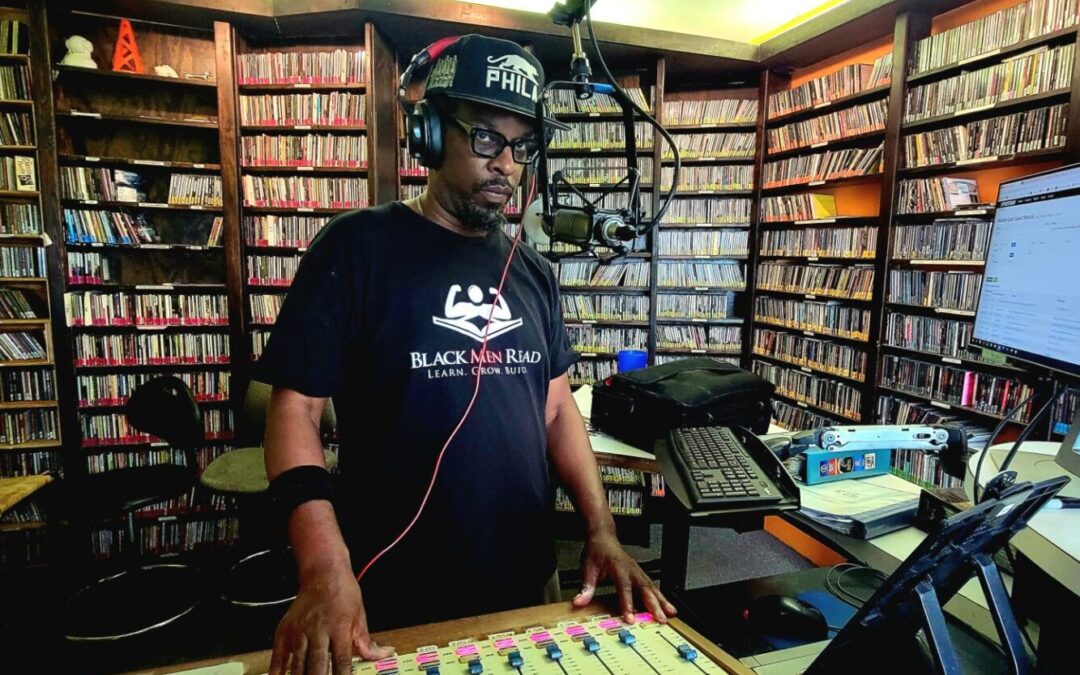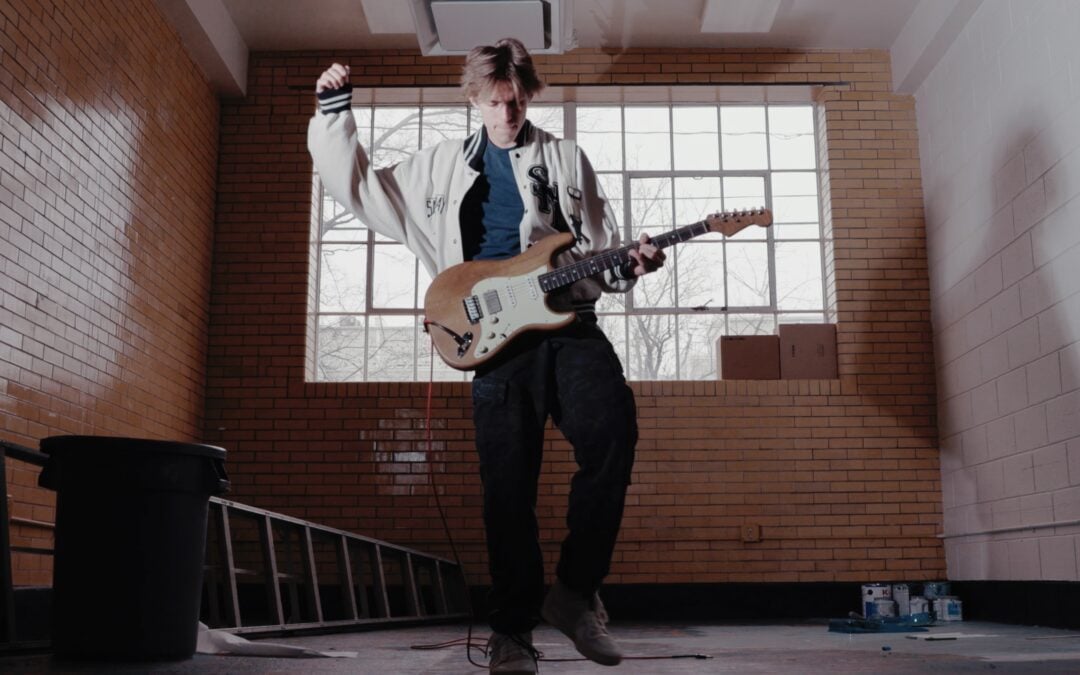To start off, we already knew this was happening The plans have been out there for years, but a recent article from the VCU student paper, The Commonwealth Times, highlighted by Axios yesterday, has brought it back into the conversation this week. Virginia...





